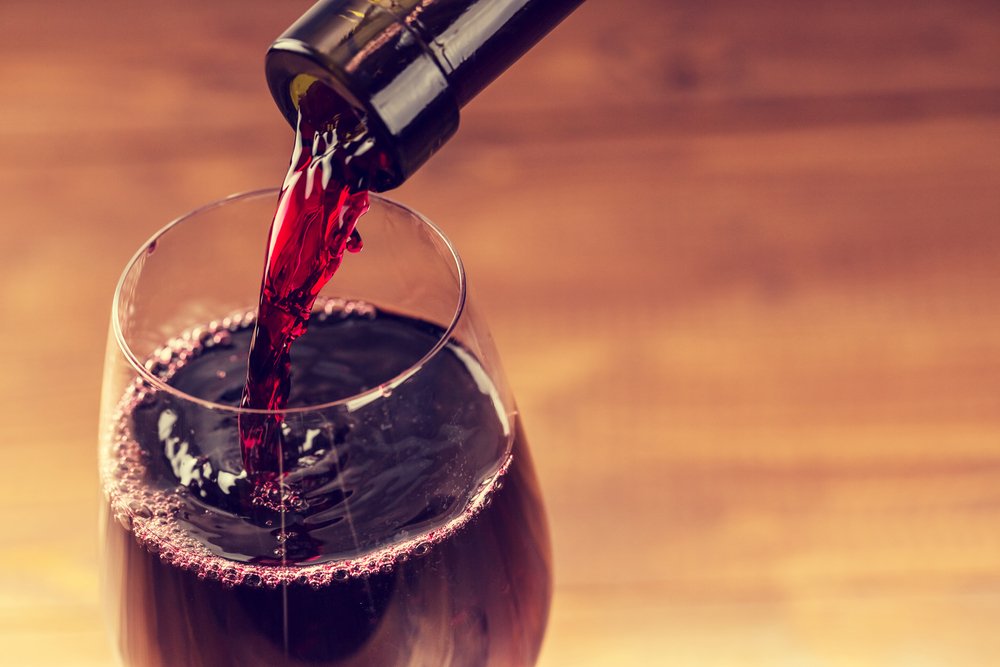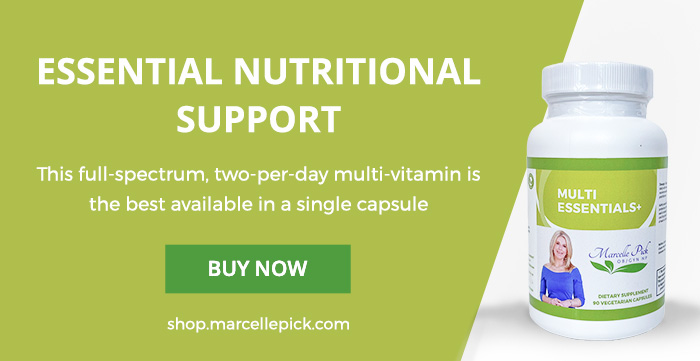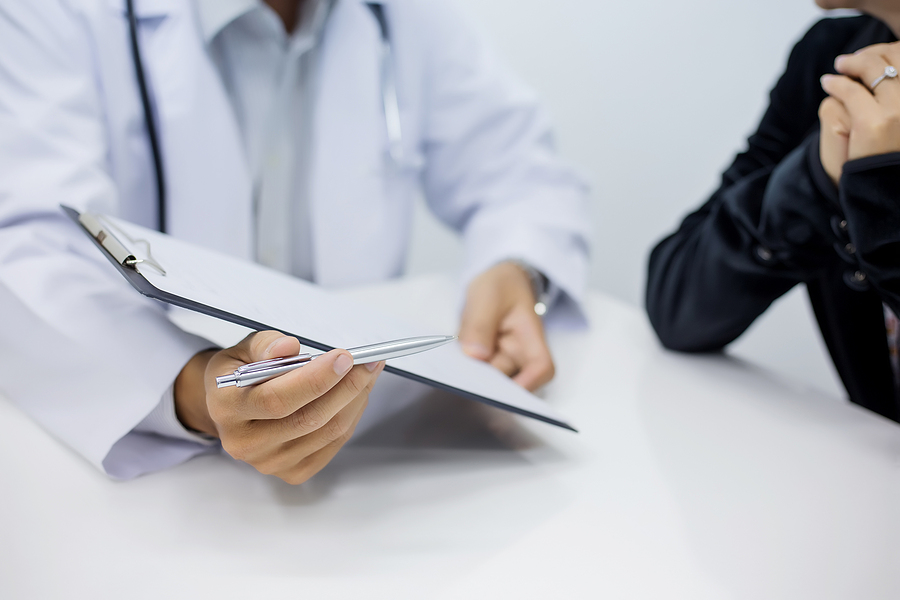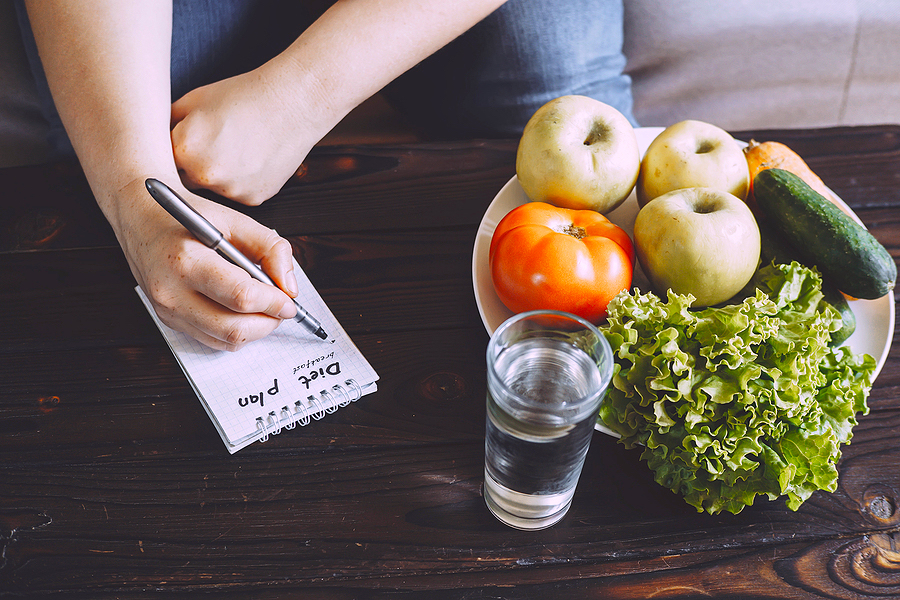Women who come to see me are usually willing to try almost anything to feel better. They’ll give up gluten, eat more vegetables, start exercising, and even do their best to reduce sugar consumption. But there’s one thing I hear over and over again: “Don’t make me give up my glass of wine at night. It’s the only thing keeping me sane!”
Alcohol has become so embedded in our culture that my patients can’t imagine attending a social event or winding down at the end of a long day without a drink. Even I enjoy a glass of wine on occasion, so I understand the appeal. But I think it’s safe to say that everyone I’ve talked to has heard about the dangers of consuming too much alcohol. That makes the big question this: How much is too much? When do the risks outweigh the benefits?
The answer is complicated, especially because there is some evidence that moderate amounts of alcohol can have health benefits. So you have to take every situation on a case by case basis.
October was National Breast Cancer Awareness Month, so let’s talk about breast cancer specifically. You might think my interest in this is strictly professional, but it’s not. Several years ago, I waged my own battle against breast cancer. I was stunned when I got my diagnosis — how could this happen to me? I was so conscious of good health and what I put into and on my body. There are numerous risk factors, but one thing is certain – cancer is sneaky, and it can happen to anyone.
In recent years, the connection between alcohol and increased risk of breast cancer has been studied a great deal, and there’s clear evidence that there is, indeed, an association. In this article, we’ll take a look at alcohol use in the US, research on links between alcohol and cancer, and then I’ll give you some ideas on how to enjoy social events or relax without alcohol if you decide the risk just isn’t worth it.
Americans and Alcohol Use
Americans love their alcohol. Even prohibition didn’t stop the flow – in fact, if anything this forbidden era seemed to make cocktails even more glamorous.
These days, consumption of alcohol in the US is on the rise, and more and more of the population is struggling with the idea of moderation. A study published in JAMA Psychiatry in late 2017 made headlines with alarming numbers about alcohol abuse in the US. The findings suggest that 1 in 8 Americans may have some kind of alcohol related disorder. The study showed that alcohol use disorders rose by nearly 50%, and in certain groups – especially women and adults 65 and older – saw even higher increases. The criteria used in this study was the definition of alcohol use disorder from the 1994 DSM-IV definition laid out by the American Psychiatric Association.
There are no clear answers on why such an increase occurred, but considering how ingrained alcohol use is in our culture, I’m not really surprised. It seems as though every social event, every sporting event, every celebration we have embraces alcohol as an essential element. The end of the work day (hello, happy hour) and even entire meals (I’m looking at you, brunch) aren’t considered complete without a cocktail. Seriously, we can’t eat eggs without champagne or vodka? How did this happen?
Like any big industry, alcohol producers are masters of marketing. As a result, everywhere we turn, we’re bombarded with messages that to relax and have fun, we need alcohol. So is it any wonder that more and more people are taking this to excess?
Women Are More Susceptible to Risk Due to Alcohol
Women’s bodies metabolize alcohol different than men, meaning that the immediate impacts of alcohol use occur more quickly in women and last longer. The difference in how women process alcohol also means that long term health effects of drinking alcohol are more likely in women than in men.
Health problems that can occur for women who indulge in excessive consumption of alcohol include disrupted menstrual cycles, increased risk of infertility, liver disease, impaired cognitive functioning, heart damage, and cancer.
Alcohol and Health
Research on the impact of alcohol on health is clear, for both women and men. Excessive alcohol use shortens life span and comes with a staggering economic cost. And the definition of excessive drinking might surprise you.
A standard drink is 12-ounces of beer; 8-ounces of malt liquor; 5-ounces of wine; or 1.5 ounces of distilled spirits or liquor. Binge drinking, heavy drinking or any drinking by minors or pregnant women are all considered excessive drinking. For women, binge drinking is defined as four or more drinks during a single occasion.
Now, here’s the catch — if a woman has an eight ounce glass of wine, she’s actually having almost two drinks at once. That means she could be binge drinking without even realizing it. And since heavy drinking means eight or more drinks per week, just one large glass of wine per evening could put her well over that mark!
Research has detailed many health risks, both short and long term, that result from excessive drinking. Short term risks include violence, injuries, alcohol poisoning, risky sexual behavior, and among pregnant women, miscarriage, stillbirth, or fetal alcohol spectrum disorders.
When excessive alcohol use continues over time, it can contribute to chronic disease and much more serious conditions, such as high blood pressure, heart disease, stroke, liver disease, learning and memory difficulties, depression and anxiety, social problems, cancer, and alcoholism.
Alcohol and Cancer
There is plenty of available research that shows a clear connection between alcohol use and increased risk of many forms of cancer. While these studies are mainly observational and often depend on self-reported alcohol use, there is simply too much evidence to ignore. Research is showing that genetic and cellular damage may play a role in this increased risk, and a new study adds further insight.
This study, published in January 2018 in Nature, demonstrates how acetaldehyde, a chemical produced as the body processes alcohol, broke and damaged DNA. This damaged DNA can lead to cancer. (Of course other things are involved as well.) The study also looked at a family of enzymes that serves as natural protection for the body during the metabolism of alcohol. When these enzymes aren’t present, or are faulty, the body cannot break down the acetaldehyde. In the study, mice that didn’t have a critical enzyme showed up to four times more cell damage than mice who had them.
While studies may be unable to prove causation, estimates from the World Health Organization attribute 4 to 25% of all cancers to alcohol worldwide.
Alcohol and Breast Cancer
What Impact Does Alcohol Have on Breast Cancer Risk?
The association between alcohol and breast cancer is also well documented. The Nurse’s Health Study (NHS) followed 105,986 women from 1980 to 2008, and the researchers concluded that “Low levels of alcohol consumption were associated with a small increase in breast cancer risk, with the most consistent measure being cumulative alcohol intake throughout adult life.” Women who have three drinks per week have a 15% increased risk of breast cancer, with some experts saying that risk increases by 10% for each additional drink a woman has daily.
A 2013 review of studies supported the association between alcohol consumption and a modest increase in breast cancer risk. The authors of this review also concluded that studies do not suggest higher risk of recurrence or survival due to alcohol consumption, nor is increased risk of breast cancer in women already at high risk associated with higher alcohol use, though they suggest further research is necessary to rule out biases.
To confuse things even further, a large study found that women who had 3-6 drinks per week prior to their breast cancer diagnosis were 15% less likely to die from the disease and 25% less likely to suffer from heart disease, a common cause of death in breast cancer patients.
A 2012 review of research by National Institute on Alcohol Abuse and Alcoholism (NIAAA) scientists turned up more questions, particularly around time course and drinking patterns. Binge drinking, which isn’t healthy in any circumstances, is far different than having one standard sized drink per day. All this conflicting information can confuse the issues, making your personal decision around drinking alcohol more difficult.
There are no clear answers on why alcohol increases risk of breast cancer. One theory is that alcohol inactivates the B vitamin folic acid, which helps build and maintain healthy DNA for our cells. If this is so, it’s possible that a folic acid (folate) supplement could mitigate that increased risk. A study out of Sweden indicated that “A high folate intake was associated with a lower incidence of postmenopausal breast cancer…” While I think this theory has merit, I also think more research is necessary. In the meantime, making sure your multivitamin has between 400 and 600 mcg of folic acid in it won’t hurt anything!
Personal Circumstances Impact Our Relationship with Alcohol
We all have individual circumstances that can change our relationship with alcohol. When I’m asked for advice on the subject, I try to keep it simple – but alcohol is a complex topic. Many of us have history – both good and bad – with alcohol. We may have seen family abuse alcohol or experimented as a teenager and young adult with bad consequences. We may have very positive associations – like clinking champagne glasses with friends on New Year’s Eve. These emotional experiences, combined with genetics, personal biochemistry and how we metabolize alcohol can create conflicting feelings to sort out.
While there are women on both sides of the spectrum – those who can’t imagine a meal without a glass of wine and those who swear they’ll never drink a drop – most of us fall somewhere in the middle. When talking to patients, I ask about their personal relationship with alcohol. I ask how often they drink and why. I explain the link that might be present between alcohol and breast cancer and help them assess their own risk. For some women, a 15% increase in risk isn’t much. But for women with other risk factors, it might make a bigger difference.
Related article: Finding Strength in Times of Stress: The Power of Self Care
Either way, after I talk to patients about determining risk, I give them some tips to reduce alcohol use as they deem appropriate. Let’s take a look at these now:
Quick Ways to Reduce Alcohol Consumption and Still Enjoy Life!
- Make “mocktails” instead. There are plenty of fun recipes to be found online. These non-alcoholic alternatives are delicious, keep you hydrated, and can ease any awkwardness at social occasions — no one will even know there’s no alcohol in it!
- Find healthier ways to reduce stress. If you end your day with a brisk walk or a yoga class, you might find that your craving for a drink is gone by the time you get home. If socializing is your goal, invite a friend to join you instead of hitting happy hour.
- Be mindful when you choose to indulge. Just like with sugar, I think it’s okay to have a drink once in a while. It’s when once in a while turns into all the time that you may want to re-examine your choices. Really savor the indulgence, know why you’re opting for a cocktail, and make sure it’s a good reason -not just force of habit!
- Opt for non-alcoholic beer, wine and champagne. The selection is getting better every day, so you can enjoy the taste without the health risk!
- Or you may choose to have 4 oz of organic wine without the additives as many europeans do, and savor the experience.
References:
https://www.cnn.com/2017/08/10/health/drinking-alcoholism-study-trnd/index.html
https://www.breastcancer.org/risk/factors/alcohol
https://www.cdc.gov/alcohol/fact-sheets/womens-health.htm








